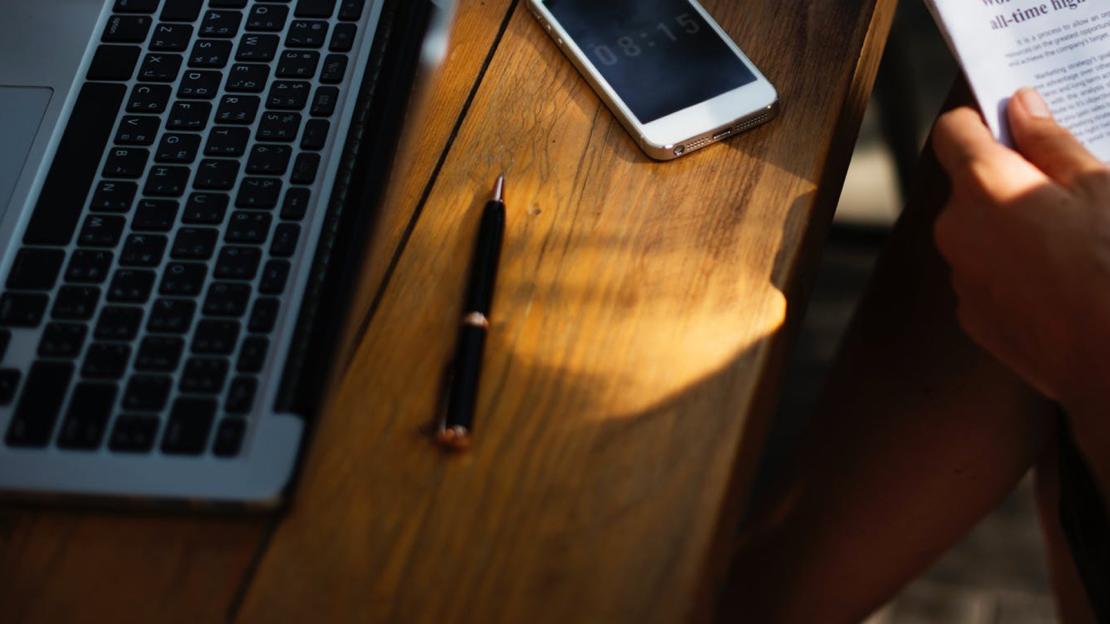“Fake News!”
When every piece of information is suspect, how do we get to what’s real? We put the question to our faculty.
“Not all voices and opinions, when it comes to factual reporting, are equal. One should not use a single tweet as ‘proof’ of a certain ‘fact.’”
- David Nieborg, media studies
“We need to trust our own instincts about stories that seem to be overly harsh or conveniently appearing to reinforce our own prejudices.”
- Jeffrey Dvorkin, journalism, author of the textbook, Critical News Literacy
“Use fact checking websites such as Snopes.com and PolitiFact.”
- Lucan Way, political science
“Is this story based on credible primary and/or secondary sources? Is this fact or personal opinion? Whose voice or what aspect about the event is emphasized or downplayed? Active news consumption through a variety of news outlets, instead of passively depending on news aggregates, also helps improve news knowledge and develop a critical eye.”
- Sherry S. Yu, arts, culture and media
“Get your evidence from sources that would be embarrassed by mistakes, like reputable scientific and media organizations, and not from sources that simply want to attract attention.
“Did you know that nearly nine in 10 Donald Trump supporters admitted in a survey that they’ll believe something to be true just because they want it to be true? Well, I hope you didn’t know this, because I just made it up. The more amazing the claim, the more evidence you should require in order to believe it.”
- Christopher Cochrane, political science
